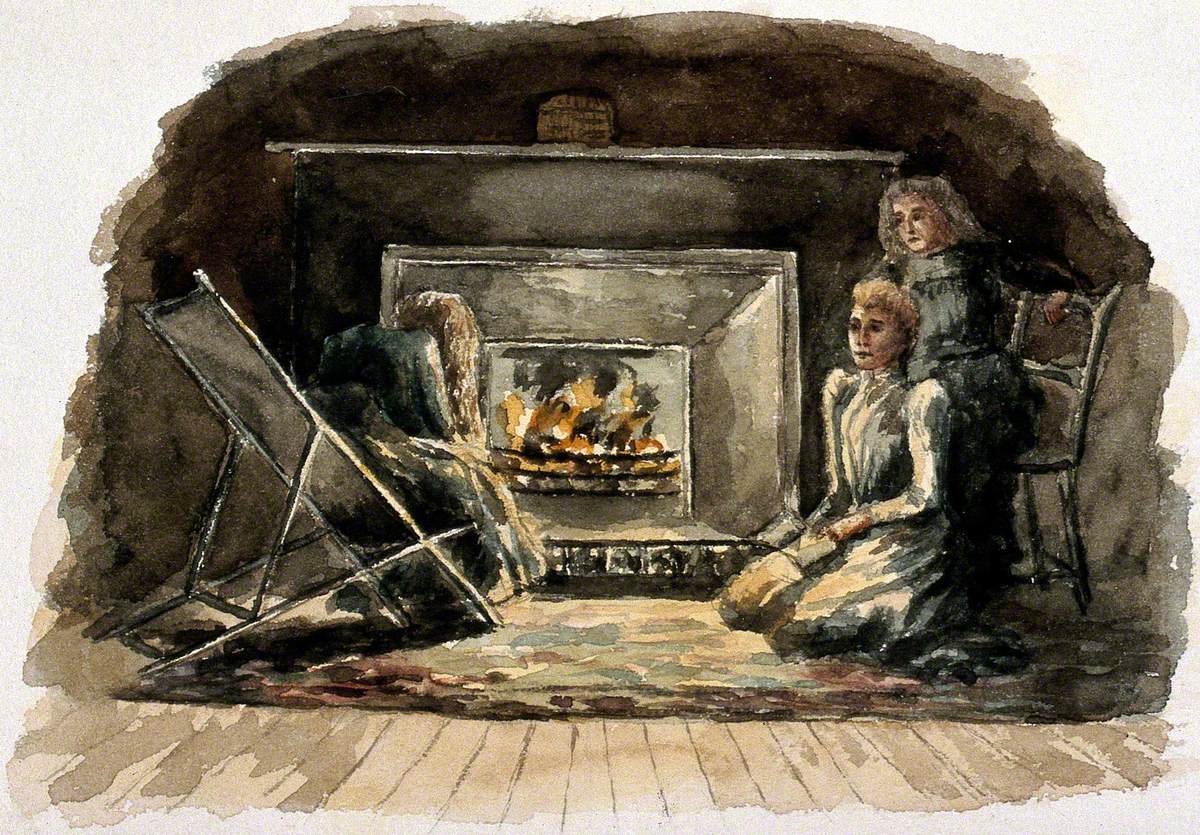Changemaker Catalyst Award recipient, Martin Nwadiugwu proposed an improved online community design that would serve as a “third place” for Alzheimer’s caregivers. Martin is a biomedical informatics and genomics doctoral student at Tulane School of Medicine.
The central value of the American way of life is freedom and independence which comes from self-reliance and strength. As we age, our independence gradually grow faint and disappear because our health and physical condition begin to deteriorate. Many older persons may be physically healthy but reliant on others for help and support with finances, personal care, and activities of daily living, which prematurely limits their independence, and those of their caregivers.
Caregivers go through a lot of experiences trying to help their spouse, relative or friend who has a long-term condition. Although one’s experience may be relative, caring for someone with memory loss and cognitive decline is challenging if not depressing, because caregivers, especially of people with Alzheimer’s, have a high risk for high stress levels, financial strain, injuries, emotional and physical burn out. A vital way caregivers alleviate stress is by finding support from other caregivers in a group specific to their interest. In this safe place, they can share their diaries with other members, ask questions, and receive advice on how to better handle daily difficulties. We propose an online community design to reduce social isolation and bring caregivers in one space. Connecting caregivers together will be relieving as they experience depression overtime and need to be equally cared for.
Introversion by Ann Brereton © Artworks Collection
My research reconstructs an improved ‘third place’ for Alzheimer’s caregivers to receive support as they dedicate their long lives caring for others. The design creates a positive social innovation by encouraging engagement in a strong and vibrant online support group which will invariably result in socio-connectedness, that can have the most positive impact especially on the emotional and mental well-being of informal caregivers. Indeed, a well-designed online community will reduce social isolation and connect members to numerous opportunities including access to formal community services.
What is more, the design differs from existing platforms because it is dedicated to improving direct communication specifically for Alzheimer’s caregivers, while creating a global space where membership is not stratified by geographical chapter or location. A brief description of the mock website, the homepage and design of the subsection is shown above as the featured image. User scenario(s) explaining the design navigation within the site for new and existing users is illustrated below.
As seen above, Jennifer, a registered Alzheimer caregiver, reads some discussion topic and discovers that she could start a topic of her choice and contribute to other themes as well. She navigates to the “caregiver diaries” and read the documented daily struggles and experiences of other caregivers. She finds solace in the fact that she is not alone in her struggles and sends a message to one of the users for more engaging conversation. She feels welcomed to the group and decides to start a conversation with the theme “I can’t sleep” that had members giving advice on coping strategies and providing useful links for support. This theme generated 66 views in four days, and she got in contact with numerous licensed social and healthcare workers who were very supportive. As a result, Jennifer found the online community very supportive and became a confident contributor and research participant. The above scenario describes how new members of the community transition into confident users, receive advice, overcome social isolation, and adapt.
The exciting aspect about this experience is that while registered users will have access to all subsections of the “third place”, all other users have access to sessions that allows them to participate in a study; so, they can be recruited for educational and research purposes. Another interesting part is the initial field plan that ensures that the site not only serves its intended purpose but is very successful in meeting the needs of the intended users – caregivers and their supporters –. Surveys and interviews will be used periodically to ensure that the purpose of setting up the community continually meets the expectation of users which was the most important accomplishment of the design experience.
Overall, the learning experience from this online implementation design shows an excellent progress: we created a new concept for an improved online community. This groundwork would serve as the basis for future application that will bring this model into mobile apps and websites, and in the hands of approved users. I am open to collaborating with other ambitious social innovators to promote these ideas.





